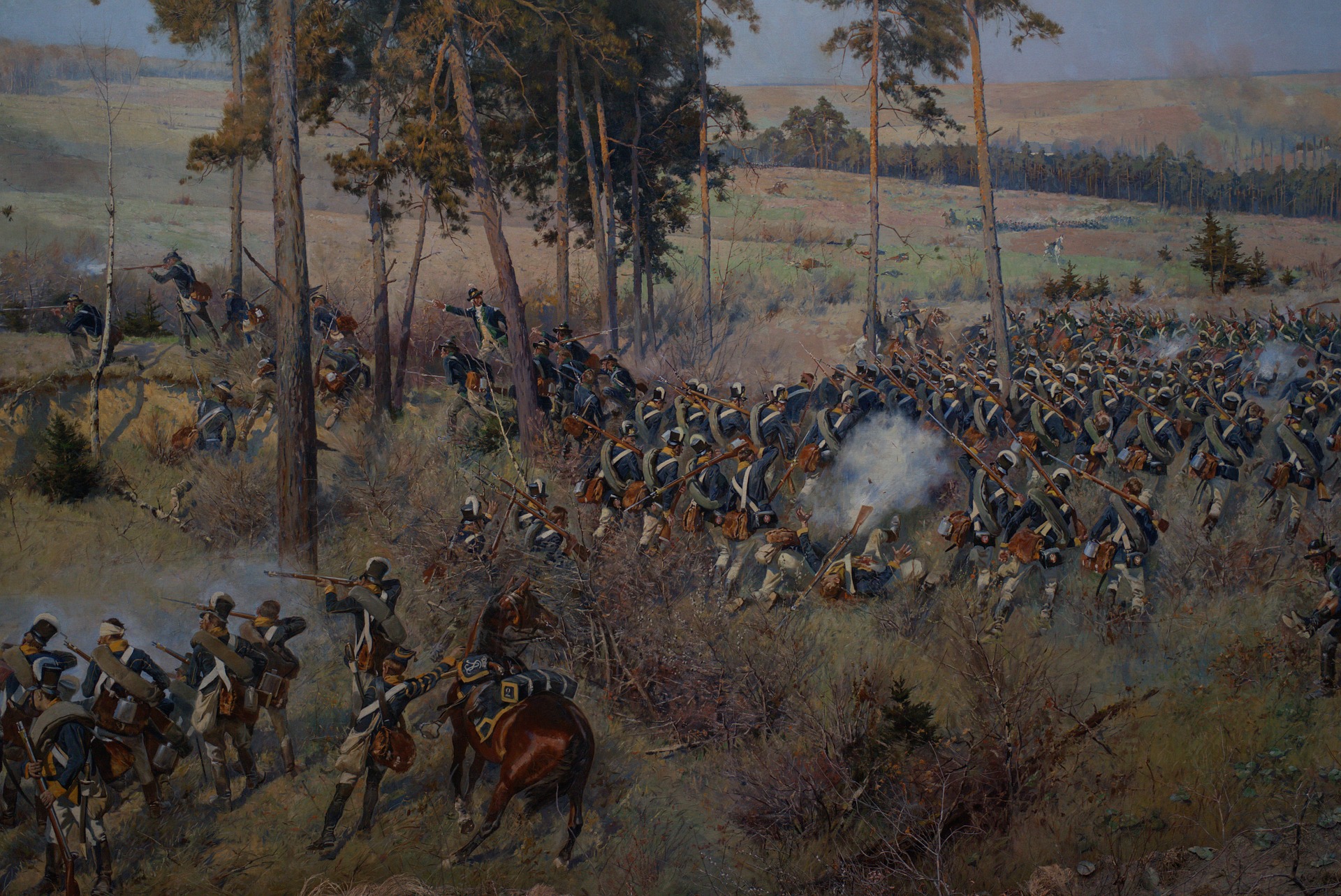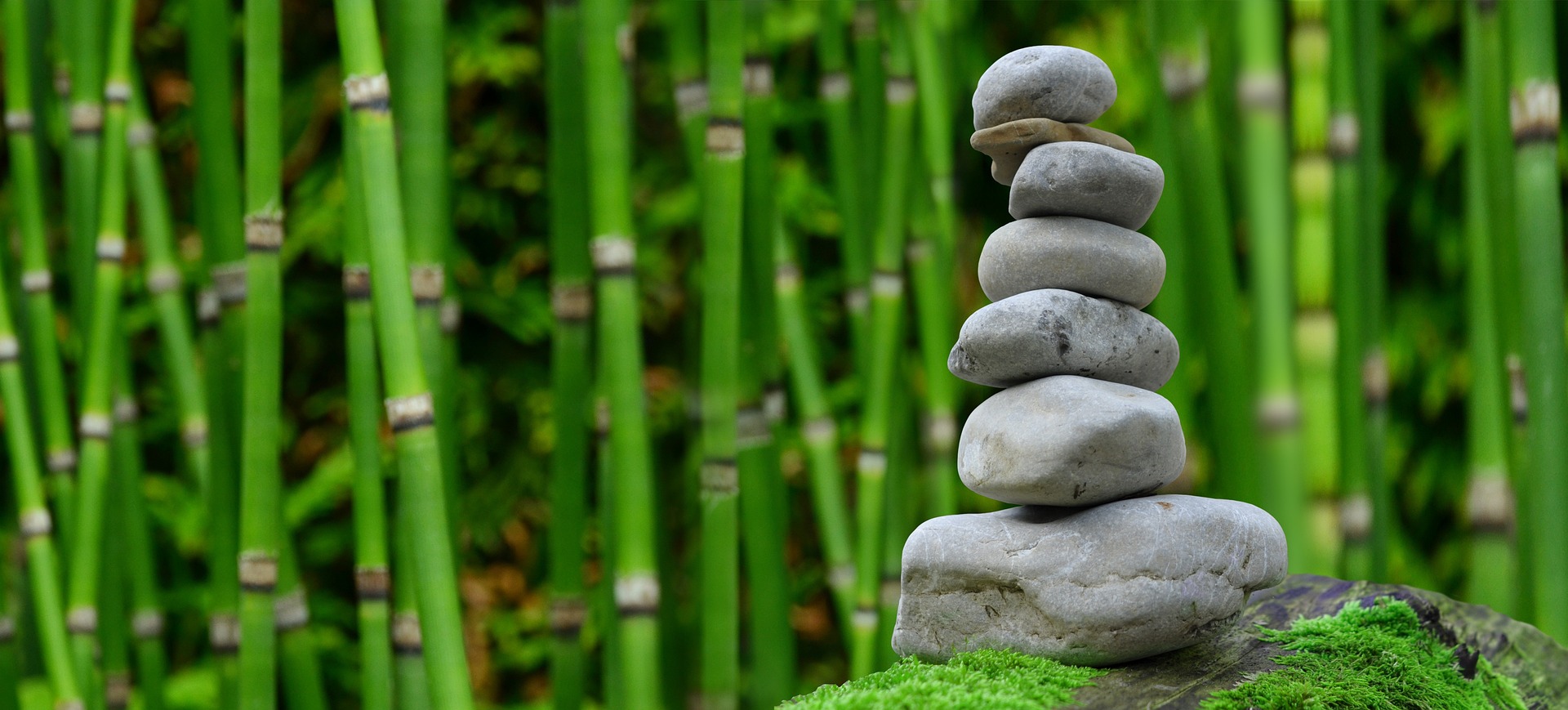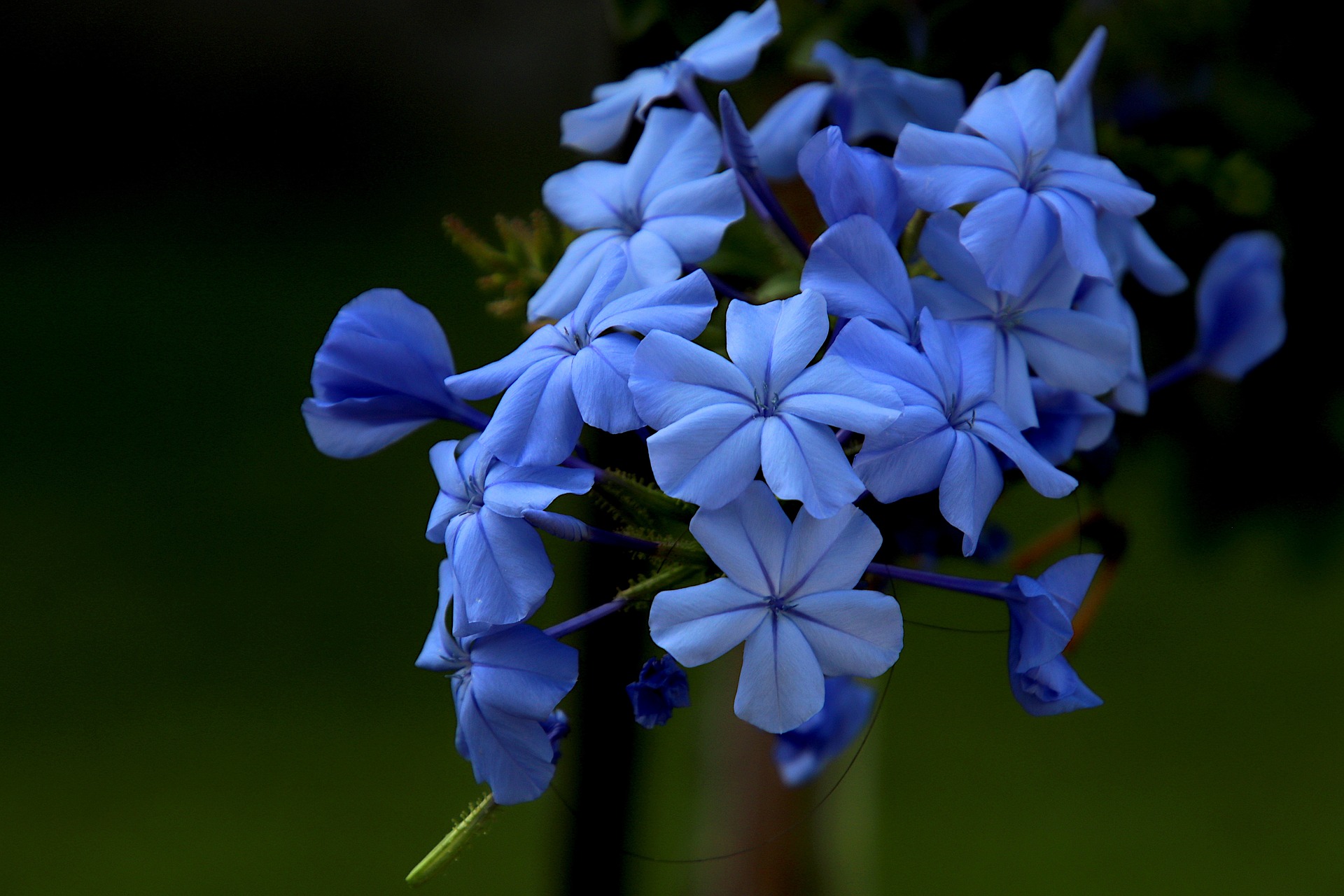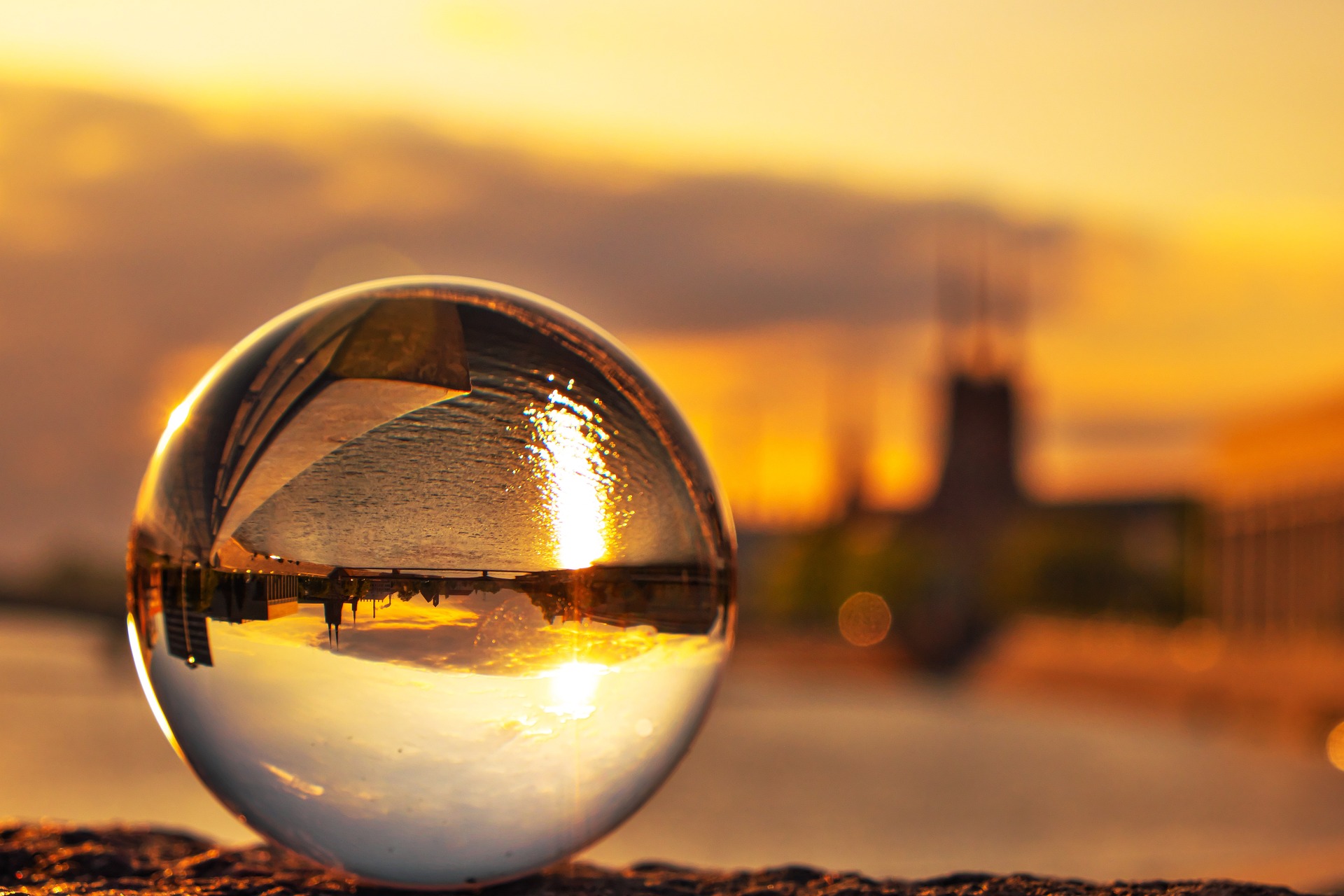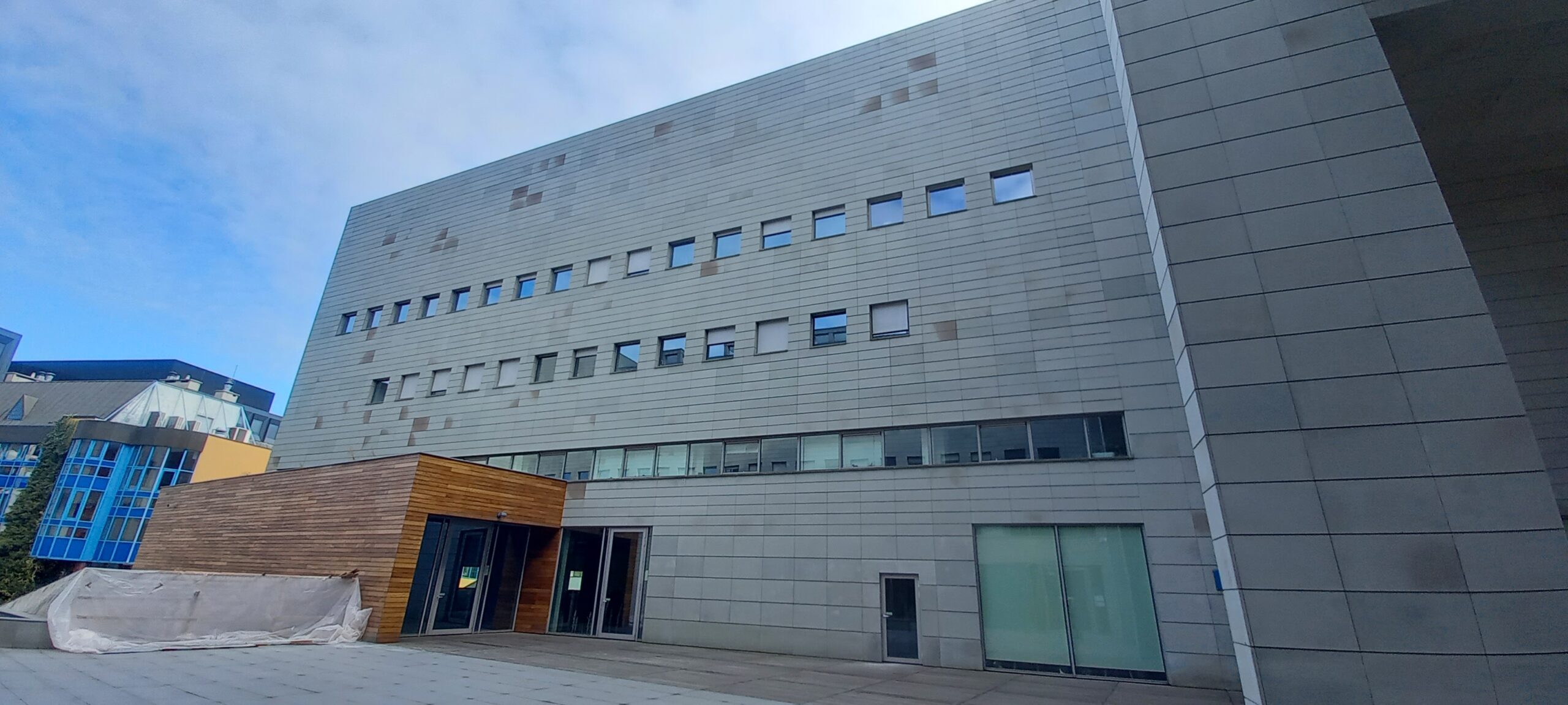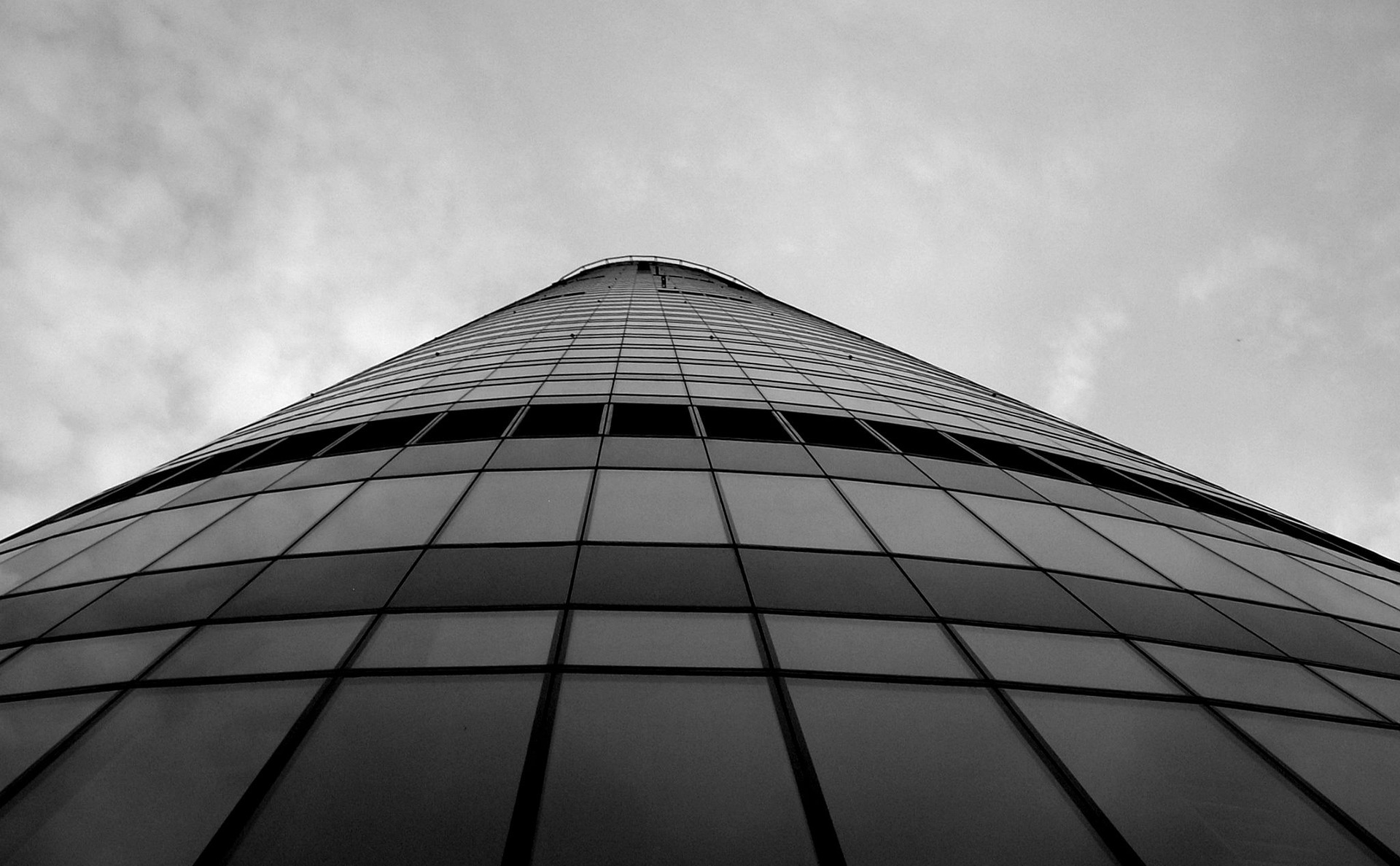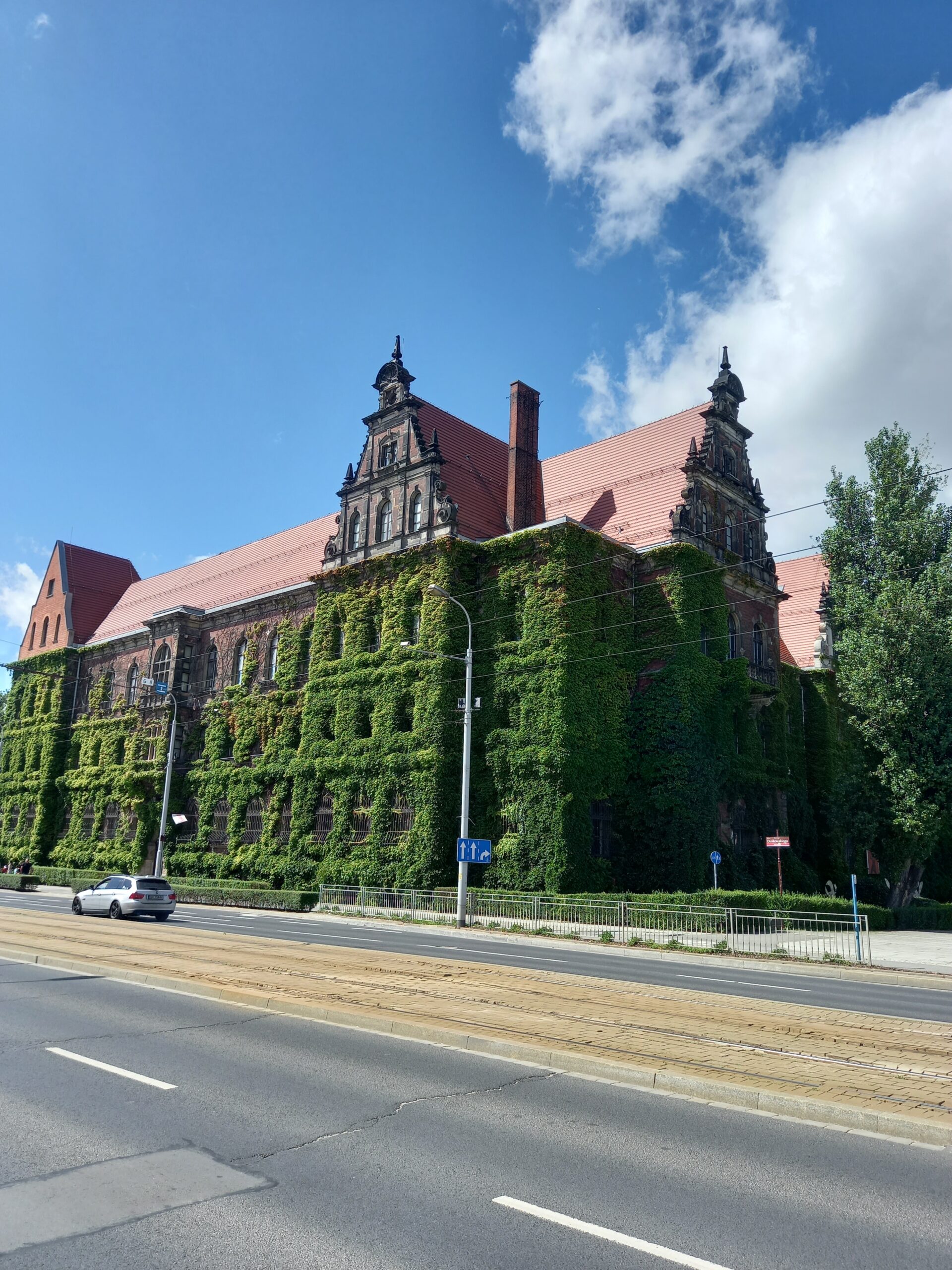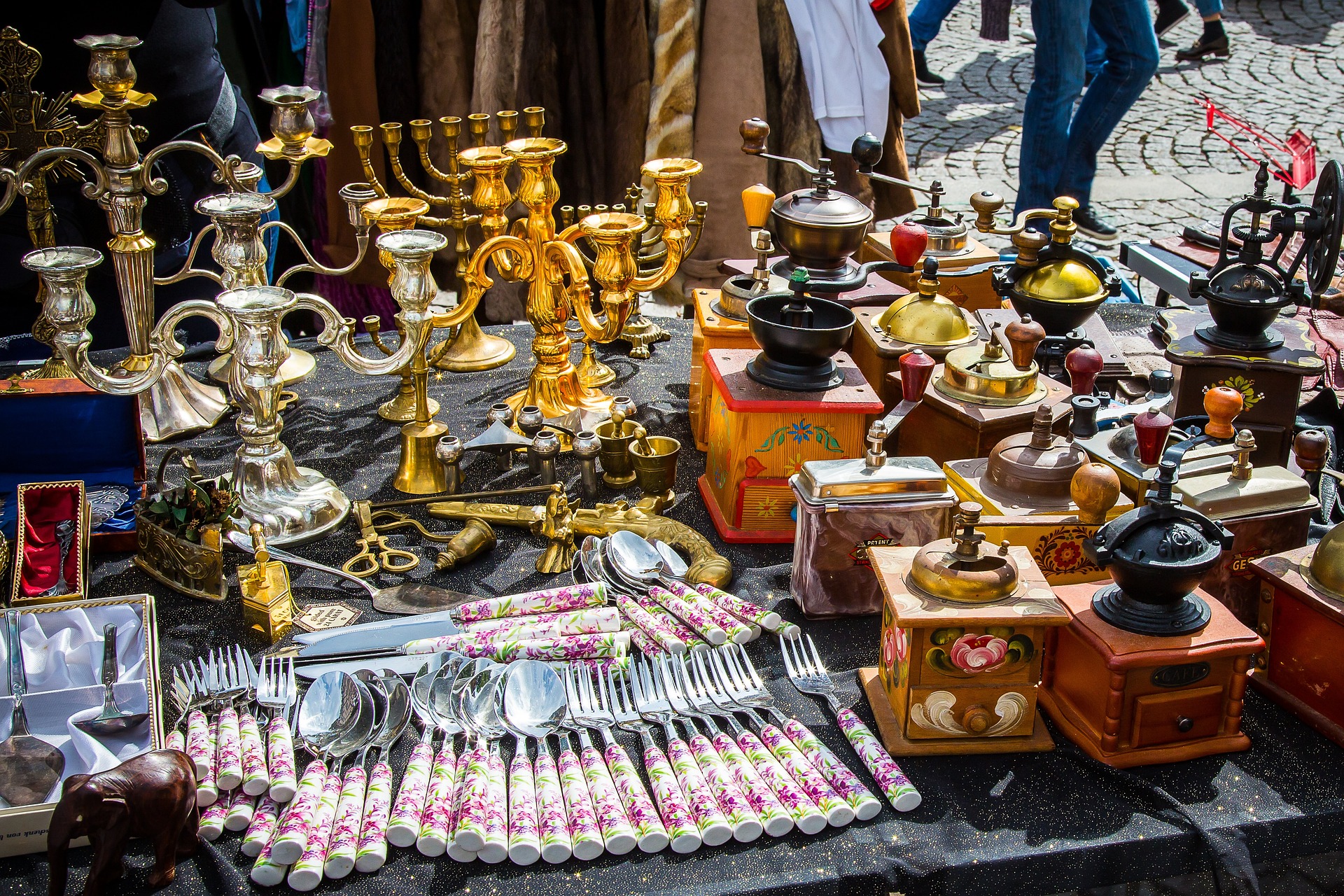Located in Wrocław, Poland, the Panorama of the Battle of Racławice is a must-visit attraction for history buffs, art enthusiasts, and anyone interested in experiencing a one-of-a-kind artistic and cultural masterpiece. This massive 360-degree painting, housed in a specially designed building, immerses visitors in the famous 1794 battle between Polish and Russian forces during the Kościuszko Uprising. In this article, we will explore the history of the painting, its unique artistic features, and its enduring cultural significance.
The History of the Panorama of the Battle of Racławice
Created by renowned Polish painters Jan Styka, Wojciech Kossak, and their team between 1893 and 1894, the Panorama of the Battle of Racławice commemorates the centenary of the battle. This historic event was a significant victory for the Polish forces, led by Tadeusz Kościuszko, a national hero and symbol of the struggle for independence. The painting was first displayed in Lwów (now Lviv, Ukraine) in a dedicated rotunda and quickly gained popularity for its striking realism and patriotic themes.
Following World War II, the painting was transferred to Wrocław, where it remained hidden and forgotten for many years. In 1980, the Polish government funded the restoration and construction of a new rotunda to display the masterpiece. The Panorama of the Battle of Racławice finally reopened to the public in 1985, becoming a symbol of national pride and a top tourist attraction in Wrocław.
Artistic Techniques and Innovations
Measuring an impressive 15 meters in height and 114 meters in length, the Panorama of the Battle of Racławice is one of the largest and most detailed panoramic paintings in the world. Styka, Kossak, and their team employed a variety of innovative techniques to create a sense of depth and immersion, including:
- Forced perspective: By adjusting the size and scale of objects, the artists created a convincing illusion of depth, drawing the viewer’s eye deeper into the scene.
- Atmospheric perspective: The use of subtle shifts in color and contrast helps to create the illusion of distance and atmosphere, adding to the overall sense of depth and realism.
- Trompe l’oeil: This technique involves painting objects with such precision and attention to detail that they appear three-dimensional, enhancing the viewer’s immersion in the scene.
In addition to these artistic techniques, the rotunda’s design plays a crucial role in the overall experience. The curved walls and the use of natural and artificial lighting sources combine to create a seamless transition between the painting and the real world, further enveloping visitors in the battle scene.
Visiting the Panorama of the Battle of Racławice
The Panorama of the Battle of Racławice is located within the Wrocław National Museum complex. Guided tours are available in several languages, providing in-depth information about the painting’s history, techniques, and the events it depicts. Audio guides are also available for those who prefer to explore the painting at their own pace. It is highly recommended to book your tickets in advance, as the Panorama of the Battle of Racławice is a popular attraction and can get busy during peak tourist seasons.
Significance of the Panorama of the Battle of Racławice
The Panorama of the Battle of Racławice is not just an impressive work of art but also an important piece of Polish history and culture. The battle itself was a symbol of Polish resistance against foreign domination, and the painting serves as a powerful reminder of the nation’s struggle for independence. It has become a source of national pride and a testament to the determination and courage of the Polish people throughout history.
In addition to its historical significance, the Panorama of the Battle of Racławice is a prime example of the panoramic painting genre, which experienced a resurgence in popularity during the 19th century. The impressive scale, attention to detail, and innovative techniques employed in the painting make it a truly unique and valuable piece of art history.
Other Attractions in the Area
While visiting the Panorama of the Battle of Racławice, be sure to explore the other attractions and cultural experiences Wrocław has to offer, such as:
- Wrocław National Museum: Home to an extensive collection of Polish art, spanning from the medieval period to contemporary works, the Wrocław National Museum is the perfect place to further immerse yourself in Poland’s rich artistic heritage.
- Market Square (Rynek): This picturesque square is the heart of Wrocław’s Old Town and is surrounded by beautifully preserved historic buildings, including the Gothic-style Wrocław Town Hall. The area is perfect for leisurely strolls, dining, and shopping.
- Ostrów Tumski: Also known as Cathedral Island, Ostrów Tumski is the oldest part of Wrocław and features a stunning collection of religious architecture, including the Wrocław Cathedral and the Church of St. Giles.
- Wrocław’s Dwarfs: Scattered throughout the city, these whimsical bronze statues have become a beloved symbol of Wrocław. Following a dwarf-hunting map, visitors can embark on a unique and entertaining scavenger hunt to find over 350 dwarfs hidden in plain sight.
In conclusion, the Panorama of the Battle of Racławice offers an unforgettable experience that combines art, history, and national pride. Whether you are a history enthusiast, an art lover, or simply curious about Poland’s rich cultural heritage, this massive 360-degree painting is a must-see attraction when visiting Wrocław.
